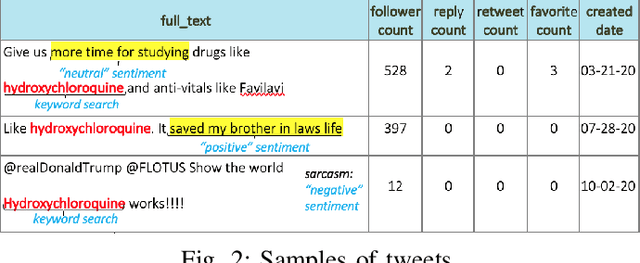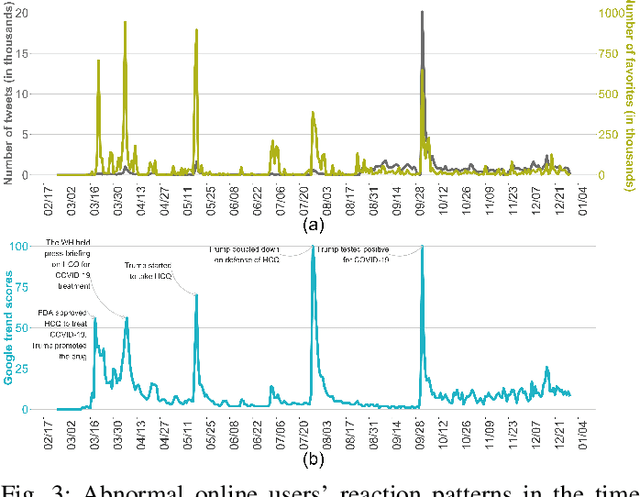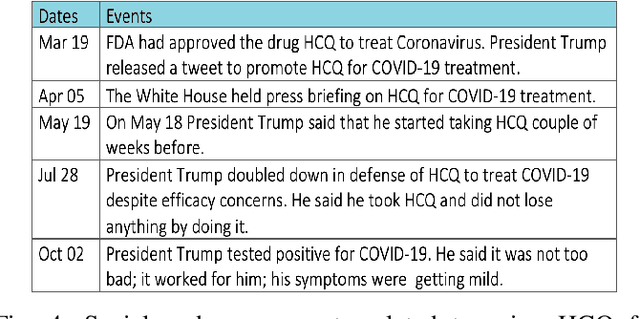Uyen Le
The Impacts of Unanswerable Questions on the Robustness of Machine Reading Comprehension Models
Jan 31, 2023



Abstract:Pretrained language models have achieved super-human performances on many Machine Reading Comprehension (MRC) benchmarks. Nevertheless, their relative inability to defend against adversarial attacks has spurred skepticism about their natural language understanding. In this paper, we ask whether training with unanswerable questions in SQuAD 2.0 can help improve the robustness of MRC models against adversarial attacks. To explore that question, we fine-tune three state-of-the-art language models on either SQuAD 1.1 or SQuAD 2.0 and then evaluate their robustness under adversarial attacks. Our experiments reveal that current models fine-tuned on SQuAD 2.0 do not initially appear to be any more robust than ones fine-tuned on SQuAD 1.1, yet they reveal a measure of hidden robustness that can be leveraged to realize actual performance gains. Furthermore, we find that the robustness of models fine-tuned on SQuAD 2.0 extends to additional out-of-domain datasets. Finally, we introduce a new adversarial attack to reveal artifacts of SQuAD 2.0 that current MRC models are learning.
Understanding Public Opinion on Using Hydroxychloroquine for COVID-19 Treatment via Social Media
Jan 01, 2022



Abstract:Hydroxychloroquine (HCQ) is used to prevent or treat malaria caused by mosquito bites. Recently, the drug has been suggested to treat COVID-19, but that has not been supported by scientific evidence. The information regarding the drug efficacy has flooded social networks, posting potential threats to the community by perverting their perceptions of the drug efficacy. This paper studies the reactions of social network users on the recommendation of using HCQ for COVID-19 treatment by analyzing the reaction patterns and sentiment of the tweets. We collected 164,016 tweets from February to December 2020 and used a text mining approach to identify social reaction patterns and opinion change over time. Our descriptive analysis identified an irregularity of the users' reaction patterns associated tightly with the social and news feeds on the development of HCQ and COVID-19 treatment. The study linked the tweets and Google search frequencies to reveal the viewpoints of local communities on the use of HCQ for COVID-19 treatment across different states. Further, our tweet sentiment analysis reveals that public opinion changed significantly over time regarding the recommendation of using HCQ for COVID-19 treatment. The data showed that high support in the early dates but it significantly declined in October. Finally, using the manual classification of 4,850 tweets by humans as our benchmark, our sentiment analysis showed that the Google Cloud Natural Language algorithm outperformed the Valence Aware Dictionary and sEntiment Reasoner in classifying tweets, especially in the sarcastic tweet group.
 Add to Chrome
Add to Chrome Add to Firefox
Add to Firefox Add to Edge
Add to Edge